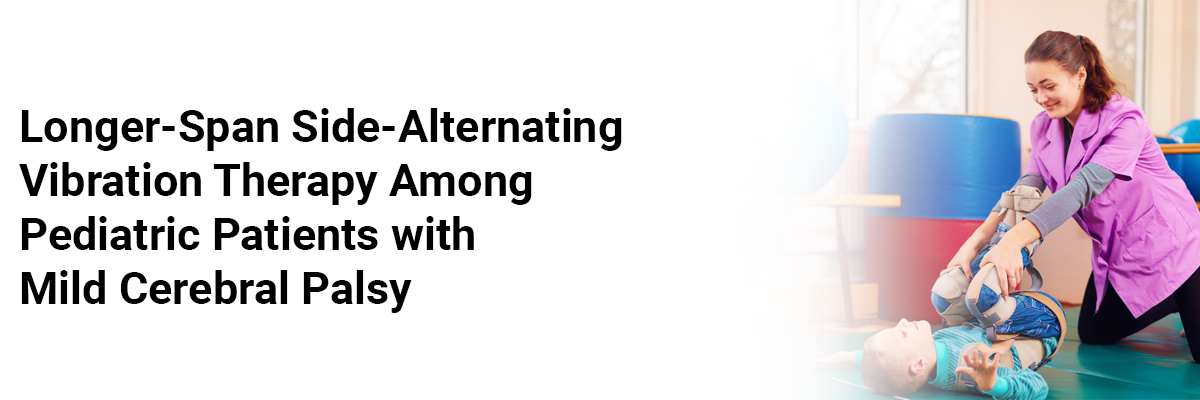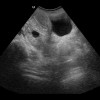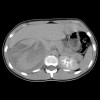
 IJCP Editorial Team
IJCP Editorial Team
Longer-span side-alternating vibration therapy among pediatric patients with mild cerebral palsy
In the earlier studies, the usual span of side-alternating vibration therapy (sVT) was 9 minutes.
A new feasibility study evaluated the safety, acceptability, and potential effectiveness of an extended side-alternating vibration therapy (sVT) protocol – lasting 15 minutes per session in children and adolescents with cerebral palsy (CP).
This study involved 15 participants (aged 5.2-17.4 years) with CP Gross Motor Function Classification System (GMFCS) level II, who underwent a 20-week sVT intervention of 15-minute sessions four days a week.
The findings showed an average adherence rate of 83% to the 15-minute sVT protocol, and no adverse events were reported. After the 20-week intervention, slight increases in the walking distance (+43 meters; p = 0.0018) and spine bone mineral density (+0.032 g/cm2; p = 0.012) were observed compared to baseline. The results suggested potential benefits for mobility and bone health.
In inference, the 15-minute sVT protocol was found to be feasible and well-tolerated among participants with CP. The results highlighted the potential positive effects of this therapeutic protocol on mobility and bone health. Although this study wasn't designed for definitive efficacy evaluation, the potential health advantages of the 15-minute sVT protocol were evident. Further research, particularly randomized controlled trials, is required to thoroughly investigate the impact of longer sVT protocols on physical function, body composition, muscle metabolism, and biochemical markers in individuals with CP. Additionally, comparisons between different sVT protocol lengths, such as 9 minutes versus 15 minutes, could provide valuable insights. Such trials should also explore sVT's potential effects on growth factors and sensory deficits seen in children with CP.
Source: Adaikina A, Derraik JG, Mcmillan J, et al. Frontiers in Pediatrics.;11:1231068.

IJCP Editorial Team
Comprising seasoned professionals and experts from the medical field, the IJCP editorial team is dedicated to delivering timely and accurate content and thriving to provide attention-grabbing information for the readers. What sets them apart are their diverse expertise, spanning academia, research, and clinical practice, and their dedication to upholding the highest standards of quality and integrity. With a wealth of experience and a commitment to excellence, the IJCP editorial team strives to provide valuable perspectives, the latest trends, and in-depth analyses across various medical domains, all in a way that keeps you interested and engaged.




















Please login to comment on this article